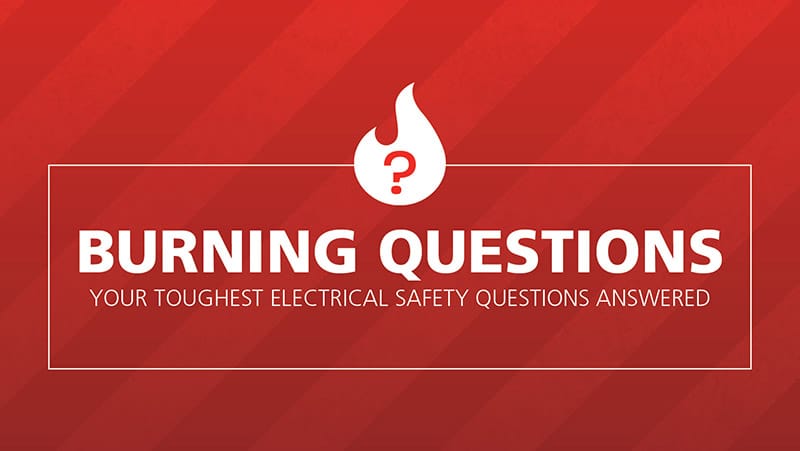Q: Is there an OSHA standard that mandates extension cords cannot be plugged into each other?
We had a client once comment: “I have been reading about plugging extension cords. I want to make sure when I go on one of our sites and say, ‘You can’t plug one cord into another’ that I can give a reason why.
Thank you.“
A: OSHA has two Letters of Interpretation that discuss extension cords:
In a letter dated September 28, 2015, OSHA references 1926.403(b)(2) – Installation and Use. Part of the letter’s answer clearly states that “OSHA will continue to enforce the listing, labeling, or certification requirements as outlined in 29 CFR 1926.403(b)(2) – Installation and use. That provision requires that listed, labeled, or certified (i.e., approved) equipment be used in accordance with the instructions included in the listing, labeling, or certification.”
A second letter, dated November 18, 2002 references 1910.303(b)(2): “Listed or labeled equipment shall be installed and used in accordance with any instructions included in the listing or labeling…For example, the UL Directory contains instructions that require UL-listed RPTs to be directly connected to a permanently installed branch circuit receptacle; they are not to be series-connected to other RPTs or connected to extension cords.”
Another source addresses misuses of power strips. This article goes into a little more detail of what “listing or labeling” means. For even more information on listing and labeling, see this article that references OSHA and the NEC®.
The bottom line is this: follow the guidelines that are given by the manufacturer.
Always use a Ground Fault Circuit Interrupter (GFCI) with extension cords. The GFCI is plugged closest to the source and furthest from the load!
Also see another one of our blog articles, Electrical Safety: 4 Common Mistakes Using Extension Cords.
Have a question about electrical safety and standards?


Thanks for a great article on daisy chaining extension cords. Applies to outlet/power strips as well. Be Safe Steve